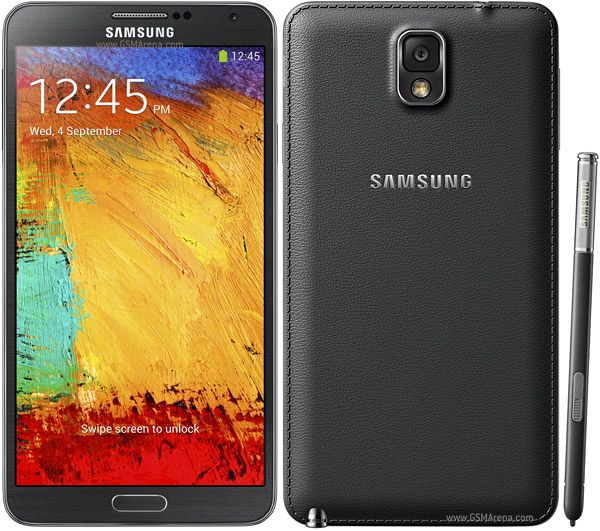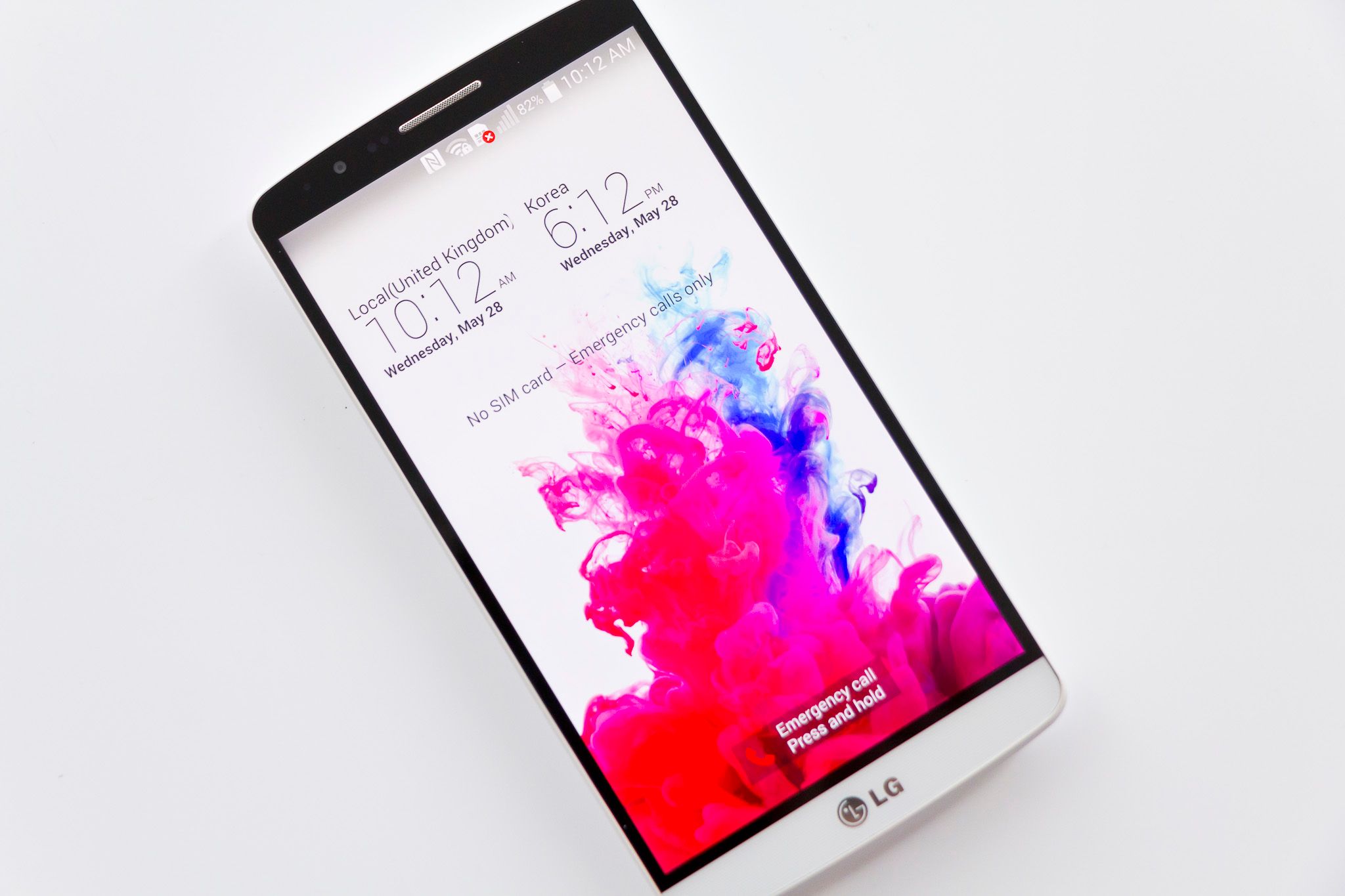latest

Samsung Galaxy Note 3, is the successor in the Galaxy Note line, with everything better than all the previous notes you've ever had. Galaxy Note 3 packs a 5.7" screen with a true HD Super AMOLED Display giving a resolution of 1080p. Samsung has upped its game drastically from the Note 2 in the hardware specs, giving the new beast a 3GB Ram, along with a magnificent 13mp rear shooter. In addition the the hardware, the device has also gone away from the plasticy back-cover to a more leather-like textured back-cover, which feels much more premium and elegant than any of the other Samsung devices in the market.

There are several versions of the ZenFone 2 with varying screen sizes (5" vs. 5.5") and varying amounts of RAM (4GB vs. 2GB). All are capable devices but the 4GB version, which only comes in a 5.5" screen, is squarely placed to compete in the mid-range of 2015 devices. Notably, the device ships with the Intel Atom Quad Core Z3580 (2.3GHz), which seems to hold its own against middle-of-the-road Qualcomm Snapdragon processors. The not-better-than-stock-Android Zen UI is reasonably nice and themeable.

The Moto G, now in its third generation, is positioned as a mid-range vanilla Android experience at a really great price. It's water-resistant, has interchangeable back plates, and has a front-facing speaker that is loud and clear. It's powered by a Qualcomm Snapdragon 410 quad-core CPU with the Adreno 306 GPU. Depending on capacity (8 and 16GB are available), the phone has 1 or 2GB of RAM. The 13MP camera can take 1080p video, and the display is 5.0" at 720p resolution.

The Nexus 5 was released in the fall of 2013 and was the first device to ship with Android 4.4.4 KitKat. The starting price was just $349 for the 16GB version and $399 for the 32GB model. The Nexus 5 was based off of the LG G2; the CPU is the same Snapdragon 800 with 2GB RAM, and the 4.95" display has 1080p resolution via an IPS LCD panel.

In 2014, Chinese company OnePlus was on a quest to prove that you didn't need to pay top dollar to have specs and features found in phones that cost over $700. The OnePlus One, released in the spring of 2014 with the much-disliked "invite" system, came with the Snapdragon 801 CPU, had 3GB of RAM, plus a 13MP camera with optical-image-stabilization, for a price that started under $299 for the 16GB model and went to $349 for 64GB. The display is 5.5" and 1080p resolution.

The LG G3, released in the summer of 2014, was one of the first phones to feature a QHD 1440x2560 display, lending it a pixel-per-inch rating of 534, which LG claimed could reproduce the clarity of fine art. It was also the first device to have laser-autofocus, a feature that improves the speed at which the G3's camera can adjust focus. It's noted as having some of the smallest bezels of any phone available (at the time of its release), and because of that, it's been regarded as one of the more forward-thinking phones in terms of design. It has a removable battery, which was a benefit not found on many "flagships" from 2014.

